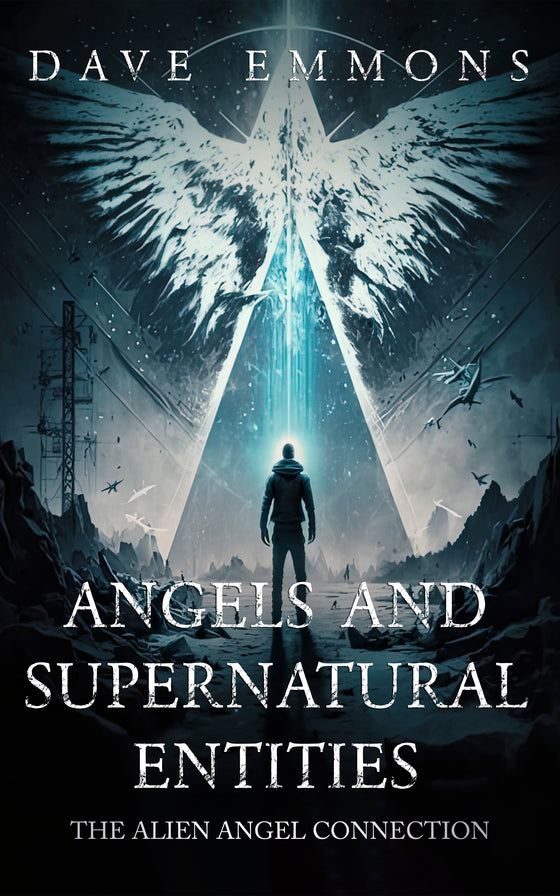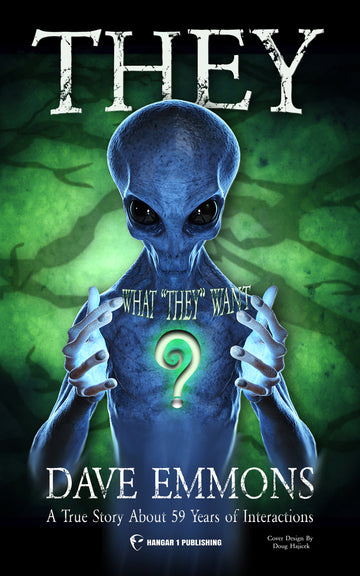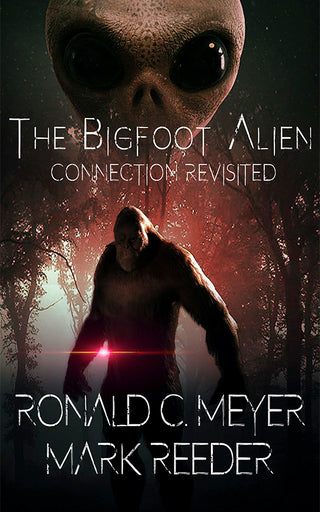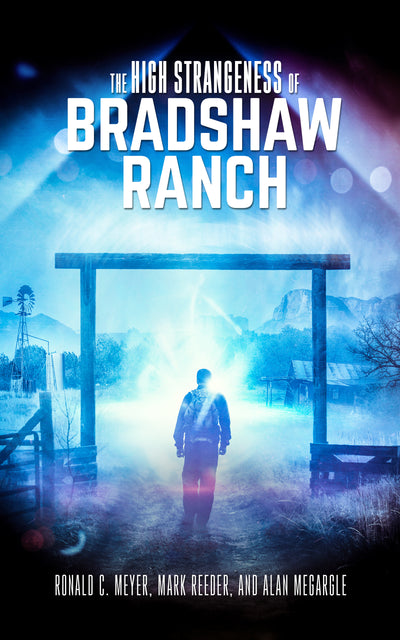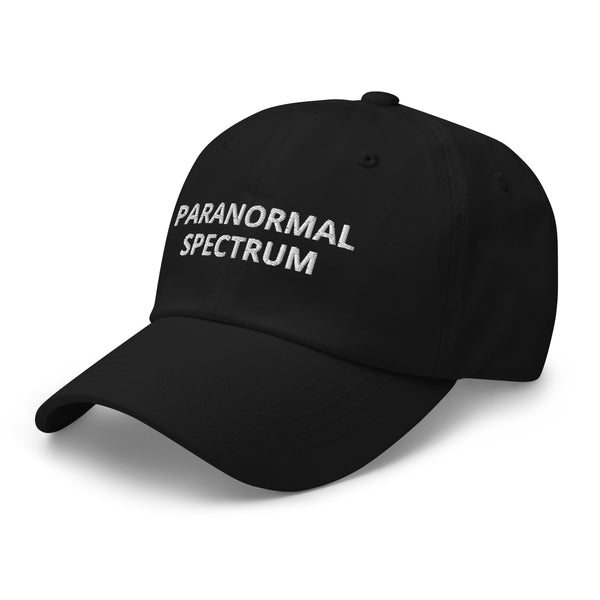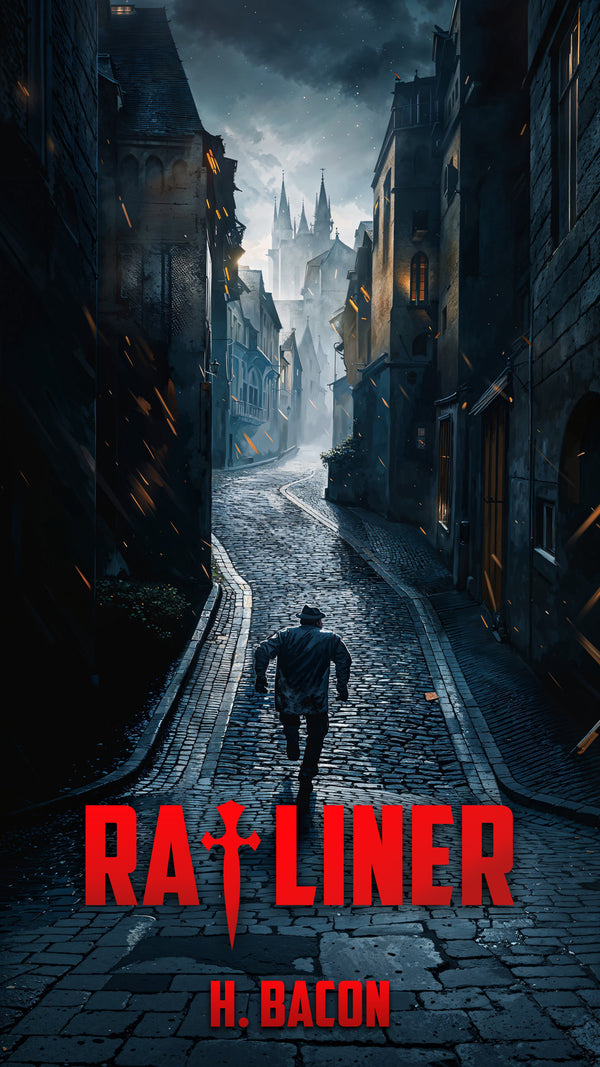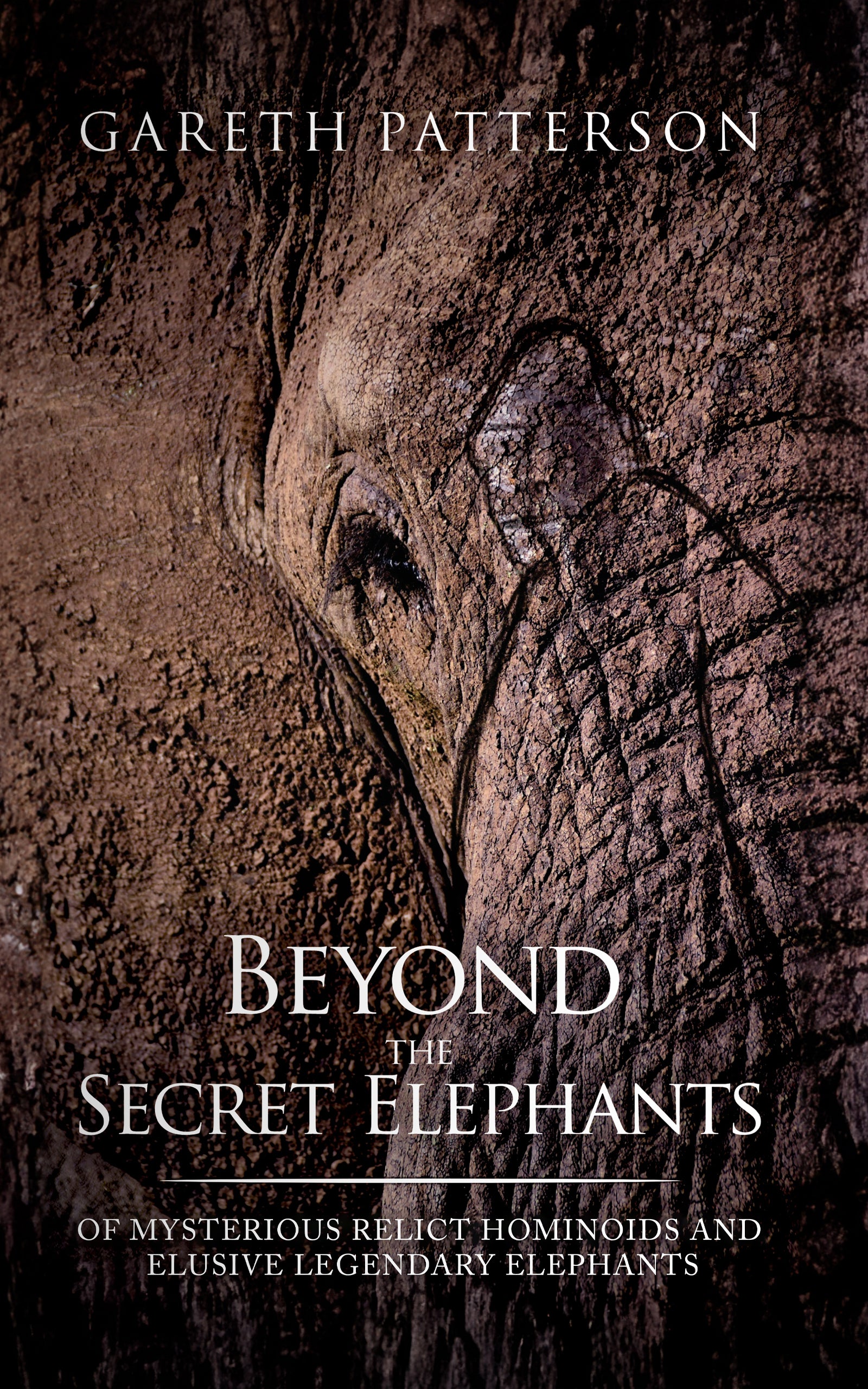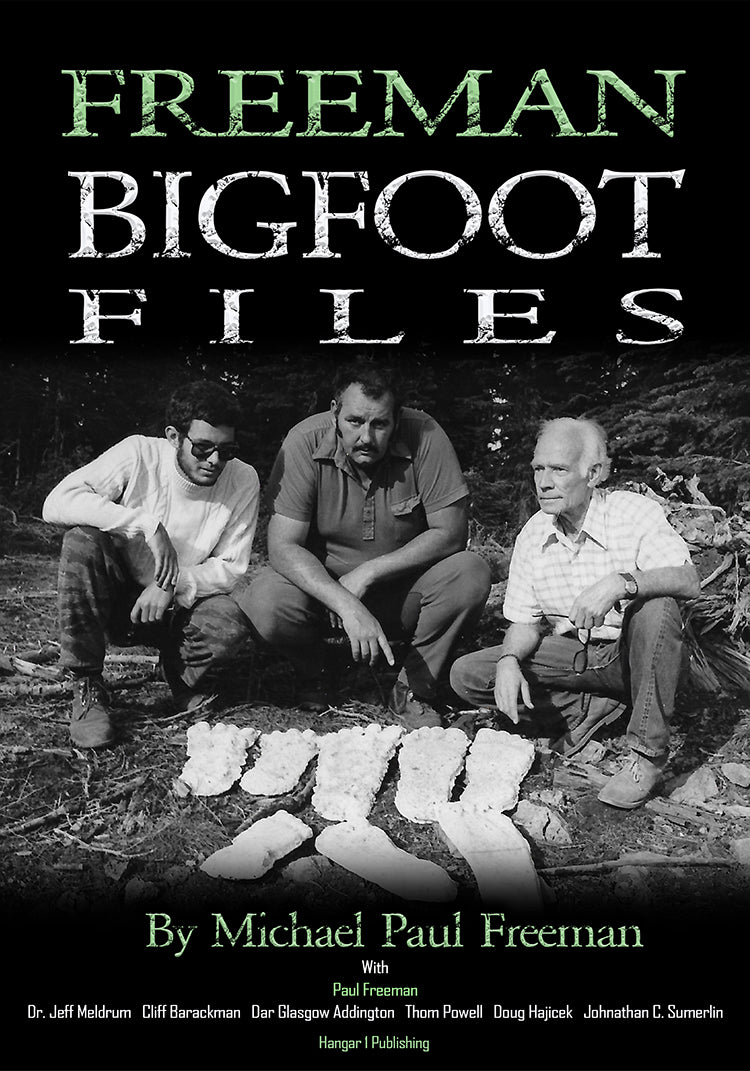Min Min Lights: Australia's Most Documented Outback Mystery

By Malcolm Blackwood, Ufologist
The Lights That Won't Go Away
I've spent three decades chasing paper trails through government archives, but some phenomena don't live in filing cabinets. They appear on lonely outback roads at 10 p.m., recorded on smartphone cameras by confused residents who can't explain what they're seeing.
In December 2023 and again in 2024, Leanne Kum Sing captured video of glowing orbs hovering outside Mount Isa. Not just once. Not just a few. On some nights, more than 70 individual lights appeared in the same location, at the same time, moving in ways that don't match aircraft, drones, or any conventional explanation.
She's not alone. For over a century, people crossing Australia's Channel Country have reported luminous spheres that hover, dart, and sometimes follow travelers for kilometers. The phenomenon has a name: Min Min Lights.
What makes this case different from typical UFO reports is the documentation. We're not talking about a single witness account from 1952. We're talking about consistent reports spanning generations, Indigenous oral histories that predate European settlement, modern video evidence, and peer-reviewed scientific research attempting to explain what's happening.
Here's what the evidence actually shows.
What Witnesses Actually Report
Forget the sensationalized descriptions. When you strip away the hysteria, witness accounts describe something specific and repeatable.
The lights typically appear as fuzzy, glowing orbs hovering just above the horizon. People compare them to a watermelon or about one-quarter the size of the full moon. The edges aren't sharp. They look like they're "buzzing" or "swarming," as if the light itself is made of moving particles.
Color varies. Most reports describe white or yellow lights, but green, red, and occasionally blue have been documented. The consistency across decades of sightings is what catches my attention. When hundreds of witnesses separated by years and geography describe the same visual characteristics, you're looking at something real, even if the explanation remains disputed.
The "Following" Behavior
This is where things get weird.
The most frequently reported behavior is the lights appearing to follow travelers, sometimes for considerable distances. Drivers report the light maintaining pace with their vehicle before suddenly vanishing or receding. When people try to approach the lights on foot, they retreat.
The original 1947 newspaper account describes a stockman riding past the Min Min graveyard who watched a glowing sphere hover over the ground, then chase him all the way to the outskirts of Boulia. He arrived at the police station "greatly agitated," insisting the light had followed him for kilometers.
That pattern repeats in modern accounts. The Mount Isa sightings show lights hovering almost stationary before making abrupt, erratic movements. They appear on calm nights and cloudy nights, ruling out simple reflections of stars or celestial objects.
Signature Characteristics vs. Conventional Sources
If you're going to investigate this seriously, you need to distinguish genuine anomalies from mundane misidentifications. Here's what sets reported Min Min Lights apart from common look-alikes:
| Characteristic | Min Min Light (Reported) | Vehicle Headlights | Aircraft | Drones |
|---|---|---|---|---|
| Motion | Hovering, darting, swaying, following, splitting | Linear movement or slow drift | Predictable path, steady speed | Can hover but often has slight drift |
| Sound | Almost always silent | Silent at distance | Audible engine noise at closer range | Audible buzzing, especially low altitude |
| Appearance | Fuzzy, glowing orb with "buzzing" edges | Two distinct points or distorted/elongated (mirage) | Sharp points, flashing strobes | Small, distinct LEDs |
| Duration | Seconds to hours | Dependent on vehicle transit | Dependent on flight duration | Typically 20-40 minutes |
| Interaction | Appears to follow or retreat from observer | "Following" can be line-of-sight illusion | No interaction | Can be programmed to follow GPS target |
The combination of silent operation, erratic high-speed movement, and prolonged interactive behavior is what makes these sightings difficult to dismiss. One or two characteristics might overlap with conventional sources. All of them together? That's when you need a better explanation.
The Scientific Debate: Fata Morgana vs. Everything Else
Any researcher worth their salt wants a prosaic explanation. The simplest answer that fits the evidence is usually correct. For Min Min Lights, the leading scientific hypothesis comes from Professor Jack Pettigrew's 2003 study.
Pettigrew wasn't some armchair theorist. He was studying nocturnal birds in the Channel Country when he encountered the phenomenon himself. His explanation: Fata Morgana, a type of superior mirage where light refracts over the horizon through temperature inversion layers.
How the Mirage Theory Works
On clear, cold nights in the Outback, a strong temperature inversion forms. Cold air sits close to the ground, trapped beneath warmer air above. This creates a "duct" where light can travel horizontally for enormous distances instead of dissipating into space.
Pettigrew demonstrated this by creating his own artificial Min Min light using car headlights positioned 10 kilometers away. The refracted light appeared as a hovering, fuzzy orb that mimicked the reported characteristics. As the vehicle moved, the miraged light would appear to dart and sway. When an observer moved toward it, the geometry shifted, making the light seem to retreat.
This explains the "following" behavior that terrifies so many witnesses. You're not being chased. You're watching a distant light source refracted through atmospheric layers. As you drive away, the mirage travels with you because the duct maintains the optical path.
Sightings peak in winter, when temperature inversions are most common in the Channel Country. The color variations match different light sources: white for LED headlights, yellow for halogen bulbs, occasionally red or green from industrial lighting.
Where the Mirage Theory Fails
But here's the problem: the theory doesn't explain everything.
Multiple witnesses report seeing Min Min Lights on cloudy nights, which should disrupt the precise atmospheric conditions required for a Fata Morgana. The Mount Isa lights appeared even when weather conditions weren't ideal for temperature inversions.
Some accounts describe smooth movement over corrugated dirt roads, which should create a jerky, vibrating mirage if vehicle headlights were the source. Instead, witnesses report fluid, controlled motion.
And then there's this: if Fata Morgana mirages are common in the Outback, why aren't there widespread daytime sightings of the same phenomenon? Temperature inversions occur during the day too, yet almost all Min Min reports happen at night.
Pettigrew's work is solid. His theory explains many cases. But not all of them.
Alternative Hypotheses: Geophysical, Biological, and Unknown
When the leading explanation has gaps, you look at alternatives. Here's what else researchers have proposed:
Geophysical "Earth Lights": The Mount Isa Inlier is geologically complex, with extensive faulting and mineralization. Some researchers suggest tectonic stress could release energy that ionizes air, creating luminous plasma. Similar mechanisms have been proposed for Norway's Hessdalen Lights and some earthquake lights. The problem? The Boulia region has very low seismicity. The energy required to sustain a bright, free-floating plasma ball for minutes to hours is enormous, and no one has demonstrated a plausible mechanism.
Bioluminescence: Could the lights be swarms of insects or birds coated with luminous fungi or bacteria? Australia has bioluminescent organisms, including glow-worms and ghost fungus. The "fuzzy, swarming" description matches this model. But no known bioluminescent source is bright enough to be visible from hundreds of meters away. And glow-worms require wet, sheltered habitats, not the arid Outback. No one has ever captured a luminous animal displaying this behavior.
Chemiluminescence (Will-o'-the-Wisp): The classic explanation for European "ghost lights" involves spontaneous ignition of marsh gases like phosphine or methane produced by decaying organic matter. The Min Min Hotel site had a graveyard, which fits this model. But the Outback is typically too dry and rocky for the anaerobic decay required to produce sufficient gas. The lights' reported persistence and controlled movement don't match transient, burning gas pockets.
Unidentified Anomalous Phenomena (UAP): Some witnesses instinctively feel they've seen something non-prosaic. The 'Nightcrawler: Eye on the Sky' report documents similar characteristics in other global UAP cases: silent operation, extreme acceleration, and apparently intelligent behavior. When a UFO researcher reviewed the Mount Isa footage, she noted the lights traveled much slower than typical UFO sightings but couldn't explain their cause after checking flight plans.
The UAP hypothesis is a placeholder for "we don't know." It's invoked when prosaic explanations fail. That doesn't make it wrong, but it's not scientifically useful until you can test it.
Indigenous Knowledge: 60,000 Years of Observation
Before Europeans arrived with notebooks and cameras, Aboriginal people knew about the lights. These accounts aren't folklore in the dismissive sense. They're multi-generational observational records embedded in oral traditions.
For many Indigenous groups, the lights are understood as spirits of elders watching over the land. Their appearance can serve as a warning or a sign of guardianship over sacred sites. Some traditions in the Kimberley region hold this view. Research by Dr. Curtis Roman at Charles Darwin University found consistent themes linking the lights to water sources and snake-like movements, potentially connecting them to the Rainbow Serpent creation being.
What's interesting from a research perspective is that some Indigenous people believe sightings increased after European settlement. This isn't mysticism. It's observational data suggesting that changes in land use or the introduction of new light sources (campfires, vehicles, mining operations) may have altered the phenomenon's frequency or appearance.
That observation aligns with Pettigrew's mirage theory. If Min Min Lights are refracted images of distant artificial light sources, you'd expect sightings to increase as roads, mines, and towns spread across the Outback.
Ethical Research Protocols
If you're going to investigate this phenomenon, you need to understand the legal and ethical framework. The AIATSIS Code of Ethics for Aboriginal and Torres Strait Islander Research isn't a suggestion. It's the standard.
Key requirements:
- Free, Prior, and Informed Consent: Aboriginal people must be informed about any research, involved in decision-making, and consent to the use of their knowledge.
- Indigenous Data Sovereignty: Indigenous peoples have the right to manage the collection, interpretation, and use of their information. This includes negotiating ownership and control over research data.
- Culturally Appropriate Attribution: Authorship and acknowledgment must be determined by consent and reflect the community's wishes.
In Queensland, the Aboriginal Cultural Heritage Act 2003 establishes a legal "duty of care" for all land users. Breaches can lead to fines exceeding $1.6 million for corporations.
This isn't bureaucratic red tape. It's respecting that Indigenous accounts are a primary, authoritative data source. If you're accessing land near sacred sites like the Min Min Hotel graveyard, you need formal consent from relevant Registered Native Title Bodies Corporate.
Field Investigation: How to Document the Phenomenon
Want to move beyond anecdotal accounts? You need structured, instrumented observation. Drawing on methodologies from Project Hessdalen in Norway and meteor tracking networks like the Global Meteor Network, here's a realistic field study framework.
Site Selection and Timing
Two primary sites make sense:
- Boulia, Queensland: The historical epicenter. The town has built its tourism identity around the phenomenon, and locals have generations of observational knowledge. The flat, open terrain of the Channel Country is perfect for long-range observation.
- Mount Isa, Queensland: The location of recent, recurring sightings. Lights appeared in December 2023 and 2024, suggesting a predictable seasonal window.
Deployment should target winter months (June-August) in Boulia, when historical sightings and temperature inversions peak. For Mount Isa, December appears to be the optimal window.
Essential Sensor Stack
A multi-modal sensor suite is critical to capture discriminating evidence:
- All-Sky Optical Camera: Continuous sky monitoring to capture the full event. Raspberry Pi Meteor Stations work well for this on a budget.
- Low-Light Imaging: Sony IMX462-based cameras provide high-sensitivity video of faint lights.
- Long-Range Imaging: Telephoto lenses for high-magnification visual identification.
- Infrared Imaging: FLIR thermal cameras detect heat signatures and see through haze. Critical for ruling out conventional aircraft or drones.
- Spectroscopy: Capture emission spectra to identify chemical composition. Sodium vapor lamps have distinct spectral lines. Bioluminescence has a different signature. This is how you distinguish a refracted streetlight from something exotic.
- Magnetometer: Detect local magnetic field anomalies associated with plasma or geophysical events.
- VLF/ELF Receiver: Monitor for electromagnetic emissions correlated with sightings.
- Weather Station: Log temperature, humidity, and wind to correlate with atmospheric inversions.
All sensors need GPS-disciplined timing synchronized to within one millisecond. This allows precise correlation across multiple observation stations.
Triangulation Geometry
Deploy two automated sensor platforms with a baseline of 50-100 kilometers. This geometry allows accurate distance and altitude calculation of any observed light. You can definitively determine whether you're looking at a distant mirage or a local phenomenon.
Single-station observations are interesting. Multi-station triangulated data is publishable.
Safety and Compliance Checklist
Fieldwork in the Outback carries real risks:
- File a detailed trip plan with local police or SES
- Carry redundant communications: satellite phone and registered Personal Locator Beacon
- Adhere to remote work safety guidelines for heat stress, fatigue, and wildlife
- Conduct formal risk assessment for night operations in isolated areas
- Obtain scientific research permits from Queensland Parks and Wildlife Service
- Follow "Leave No Trace" principles and biosecurity protocols
Rapid Triage: Ruling Out the Mundane
Most "Min Min" sightings aren't anomalous. They're misidentified planets, satellites, aircraft, or atmospheric effects. Here's a systematic workflow for triaging a nocturnal light in the field.
Step 1: Initial Documentation
Record immediately:
- Time (GPS-synced)
- Location (GPS coordinates)
- Direction (compass bearing)
- Elevation (degrees above horizon)
- Description (shape, color, brightness, size, sound, behavior)
Start video recording with reference points (horizon, trees, stars) in frame. Most smartphone cameras are good enough if you keep the phone steady.
Step 2: Check Astronomical Objects
Use a planetarium app (Stellarium, SkySafari) on your smartphone. Set to your current location and time.
Is there a bright planet (Venus, Jupiter) or bright star (Sirius, Canopus) at the observed azimuth and elevation? If yes, you're probably looking at an astronomical object. When they're low on the horizon, atmospheric scintillation causes intense twinkling, color flashes, and apparent movement.
Step 3: Check Satellites and Space Debris
Use a satellite tracking app (Heavens-Above, N2YO). Is there a bright satellite, ISS pass, or Starlink train predicted for this time and location?
Starlink trains appear as a line of steady lights moving in unison. Iridium flares are brief, brilliant flashes. Both are commonly misreported as UFOs.
Step 4: Check Aircraft
Use FlightRadar24 or ADS-B Exchange. Is there an aircraft corresponding to the object's location?
Coverage may be poor in remote Outback areas. Listen for engine or rotor noise. Aircraft have standard lighting: flashing red/white anti-collision strobes, steady red/green navigation lights. Drone noise is a high-pitched buzz, audible within 1-2 kilometers.
Step 5: Assess for Atmospheric Refraction
Is the light near the horizon in the direction of a known road, mine, or town?
Consider Fata Morgana mirage. Does the light shimmer or distort? Does its behavior correlate with potential traffic patterns? Does it appear only on nights with clear, calm, cold conditions favoring temperature inversions?
Other prosaic sources: flickering could be a distant campfire. Brief, bright points could be retroreflection from animal eyes. Faint, diffuse glow along the ecliptic on spring or autumn evenings might be Zodiacal Light.
Step 6: Classify as Anomalous
If the object passes all previous checks, review against anomalous criteria:
- Instantaneous acceleration or hypersonic velocity without sonic boom
- Non-ballistic movements (sharp turns, hovering, rapid direction changes)
- Clear geometric shape (not a fuzzy orb)
- Splitting or merging of lights
- Changes in size or luminosity not attributable to distance
- Multi-sensor anomalies (optical sighting correlates with unexplained magnetic, RF, or radiation signatures)
If the object displays confirmed anomalous characteristics, it warrants classification as a true Min Min event or UAP. Document everything and share data with research networks.
The Tourism Factor: Boulia's Economic Bet
Here's something most researchers ignore: the town of Boulia has successfully built its tourism economy around the mystery.
The Min Min Encounter is a theatrical animatronic show telling the legend through laser effects and eccentric bush characters. It attracts approximately 14,000 ticketed visitors annually, generating an estimated $420,000 in gross revenue based on a $30 ticket price. The attraction has a 98% recommendation rate.
Boulia markets itself as the "Land of the Min Min Light." Road signs notify travelers they're entering Min Min territory. The ruins of the Min Min Hotel, where the first reported sighting occurred in the early 1890s, are preserved as a historical site.
The town's official stance is interesting. Boulia promotes the lights as "unexplained and possibly will always remain so." Not aliens. Not ghosts. Just mystery. That's smart branding. It allows believers and skeptics to visit without feeling insulted.
From a research perspective, this tourism infrastructure is useful. Local knowledge is extensive. Witnesses are easy to find. The community is generally cooperative with researchers who approach respectfully.
Institutional Silence and Disinterest
Want to know what's frustrating? The institutional response to this phenomenon is effectively nonexistent.
The Australian Department of Defence ceased formal UFO/UAP investigations in 1996, stating there was "no scientific or other compelling reason" to continue. FOI requests show Defence continues to generate internal communications about UAPs and has been briefed by the US, but there are no official statements addressing Min Min Lights specifically.
The Bureau of Meteorology has no official position, though they do explain atmospheric phenomena like Fata Morgana mirages. Geoscience Australia provides geological and seismic data for the regions where sightings occur, but none of it is curated for Min Min analysis. CSIRO has published nothing.
The only consistent investigative interest comes from UFO Research Queensland (UFORQ), which maintains archives of witness reports. Their sighting database from 1990-2024 shows that 42% of submissions mentioning "Min Min" also use keywords like "orb" or "intelligent movement."
That overlap between Min Min reports and UAP sightings is significant. It suggests witnesses perceive these lights as something distinct from conventional aircraft or natural phenomena.
What the Evidence Actually Tells Us
After reviewing decades of reports, scientific papers, Indigenous accounts, and modern video evidence, here's my assessment:
Most Min Min Light sightings are probably Fata Morgana mirages of distant artificial light sources. Pettigrew's work is solid. The mechanism is well-understood. The timing (winter, clear nights, temperature inversions) matches. The "following" behavior makes sense as an optical illusion created by the geometry of refraction.
But "most" isn't "all."
There's a residual set of cases that don't fit the mirage model. Sightings on cloudy nights. Smooth movement inconsistent with vehicle headlights as a source. Extreme recurrence in specific locations like Mount Isa, where lights appear at the same time, in the same place, year after year.
The geophysical hypothesis is interesting but lacks direct evidence. No one has detected the electromagnetic or plasma signatures you'd expect from "Earth lights." The bioluminescence explanation fails because no sufficiently bright organism exists. Chemiluminescence doesn't match the dry, rocky terrain.
That leaves a category I'm uncomfortable with but can't dismiss: unidentified anomalous phenomena. Not aliens. Not extraterrestrial spacecraft. Just something we don't understand yet.
The honest answer is we need better data. Anecdotal reports, even hundreds of them, aren't enough. We need multi-station triangulated observations, spectroscopic analysis, and simultaneous atmospheric profiling. That requires funding, equipment, and institutional support that doesn't exist.
Why This Matters
You might wonder why anyone should care about mysterious lights in the Australian Outback. Fair question.
Here's why it matters: this phenomenon represents a testable, repeatable mystery with over a century of documentation. It's not a single event from 1947 that you can't investigate. It's ongoing. Witnesses report sightings every year. The locations are known. The seasonal patterns are predictable.
If we can't figure out what's causing lights in the Channel Country with all the scientific tools available in 2025, what does that say about our ability to investigate more complex anomalies?
The Min Min Lights are a benchmark case. Solve this one, and you establish a methodology for investigating similar phenomena worldwide. Fail to solve it, and at least you've documented why the existing explanations fall short.
From a research perspective, this is low-hanging fruit. The phenomenon is geographically concentrated, seasonally predictable, and well-documented. There's local infrastructure and community cooperation. Indigenous knowledge provides historical context.
What's missing is institutional will. Universities don't fund this research. Government agencies ignore it. The field is left to amateur investigators with limited resources.
That's a mistake. Because somewhere in the Outback, lights are appearing that we can't fully explain. And until we deploy the sensors, analyze the data, and publish the results, we're just guessing.
I've spent three decades analyzing government documents about unexplained phenomena. Most of it is noise. Misidentifications, hoaxes, and wishful thinking. But occasionally, you find something that doesn't fit the pattern.
The Min Min Lights are one of those things.
I don't know what they are. But I know they're real, they're documented, and they're worth investigating properly. If you're serious about understanding anomalous phenomena, this is where you start.
Pack your sensors. File your permits. Respect the local communities and Indigenous custodians. And go see for yourself what's lighting up the Outback night.
Because somewhere between the mirage theory and the UFO believers, there's a truth waiting to be documented.
From Bigfoot to UFOs: Hangar 1 Publishing Has You Covered!
Explore Untold Stories: Venture into the world of UFOs, cryptids, Bigfoot, and beyond. Every story is a journey into the extraordinary.
Immersive Book Technology: Experience real videos, sights, and sounds within our books. Its not just reading; its an adventure.








